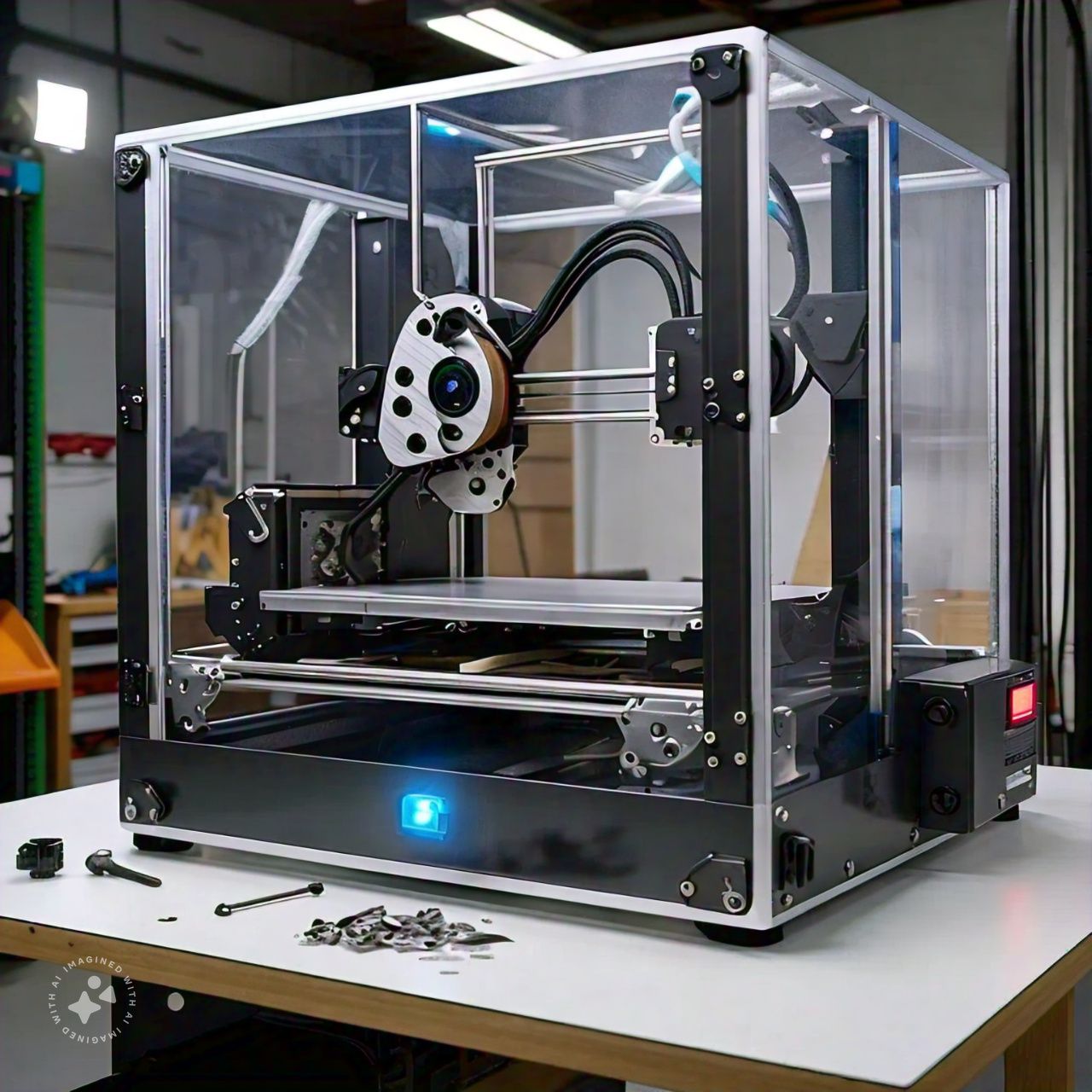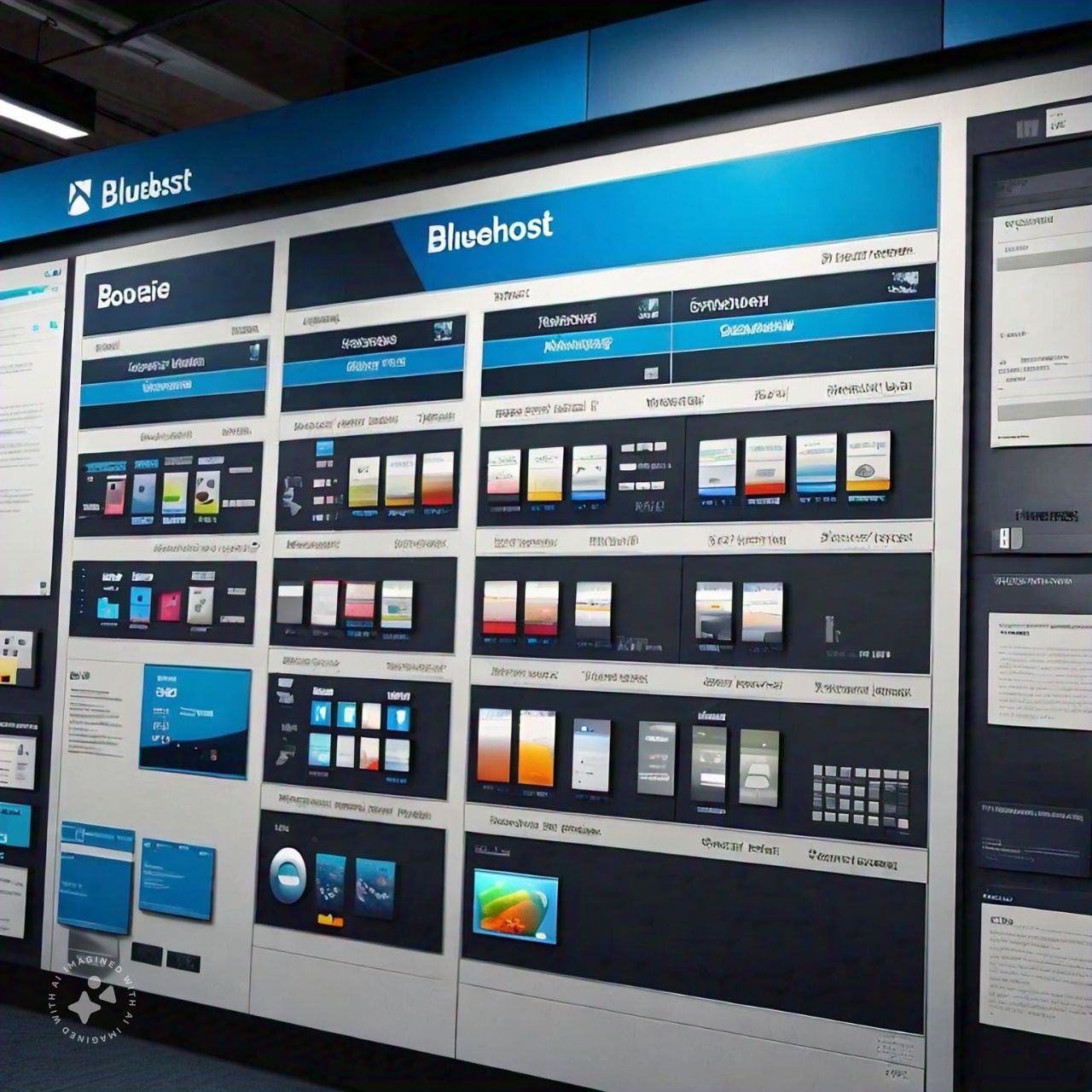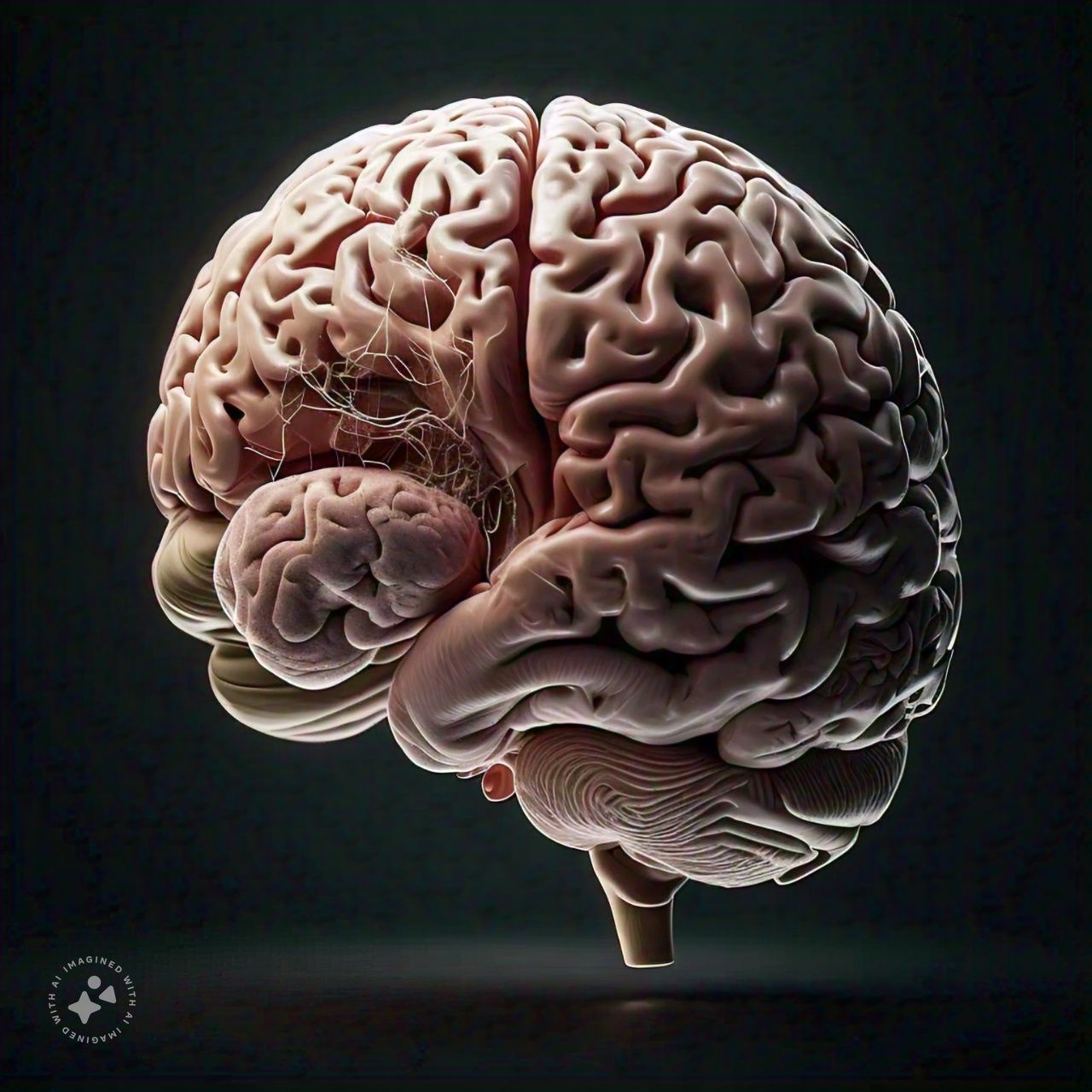
Welcome to the World of 3D Printing: Beginners guide
As we embark on this journey, let’s first understand the basics of 3D printing. Meanwhile, this revolutionary technology allows you to create physical objects from digital designs, opening up endless possibilities for innovation, creativity, and problem-solving.
Firstly, 3D printing is a process of layering materials such as plastics, metals, and ceramics to form a physical object. Consequently, this is achieved through a combination of hardware and software components that work together to bring your digital designs to life.
Next, let’s explore the basic components of a 3D printer:
– Notably, the Print Bed is the surface where the object is printed. It’s essential to ensure the print bed is level and clean to achieve accurate prints.
– Similarly, the Extruder is the part of the printer that deposits the printing material. The extruder is responsible for melting and extruding the material through a heated nozzle.
– In addition, the Hotend is the heated component that melts the material for extrusion. The hotend is a critical part of the extruder and requires careful calibration to achieve optimal printing temperatures.
– Lastly, the Control System is the brain of the 3D printer, managing the printing process and ensuring that the object is printed accurately.
Moving on, let’s discuss the steps involved in 3D printing:
1. Initially, create a digital model of the object you want to print using software such as Tinkercad, Fusion 360, or Blender.
2. Subsequently, convert the design into printable layers using slicing software such as Cura or Slic3r.
3. Then, send the G-code to the 3D printer, which will start printing the object layer by layer.
4. Finally, remove supports and sand the object to achieve a smooth finish.
Additionally, there are several types of 3D printing technologies, each with its strengths and weaknesses:
– For instance, Fused Deposition Modeling (FDM) uses melted plastic to create objects.
– Similarly, Stereolithography (SLA) uses resin and laser curing to create highly detailed objects.
– In contrast, Selective Laser Sintering (SLS) uses powdered material and laser fusion to create strong and durable objects.
In conclusion, 3D printing is a fascinating technology that offers endless possibilities for creativity and innovation. By understanding the basics of 3D printing, its components, and the steps involved, you can unlock the full potential of this technology. Ultimately, remember to start simple, experiment with different materials, and join online communities to share knowledge and learn from others. Happy printing!



